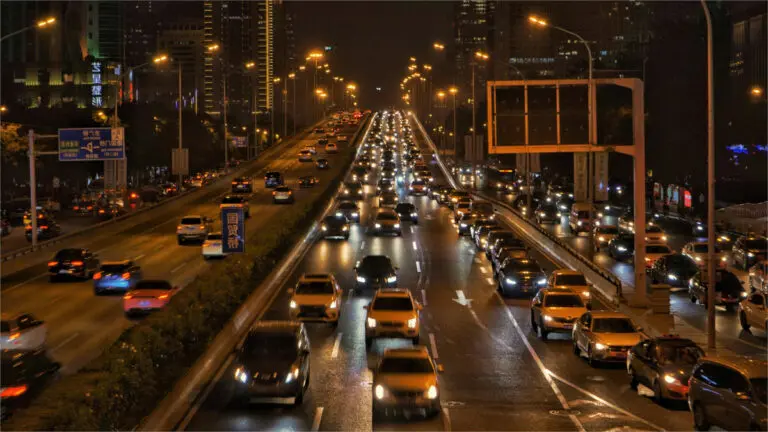
By accelerating the localization of advanced parts like electric motors, airbags, and automatic transmissions, the Indian automotive industry is poised to meet its ambitious goal of reducing import value by up to ₹25,000 crore (roughly $3 billion) in the five years through this fiscal year end, according to news reports.
Several initiatives were started in accordance with the aim to reduce the import of parts and increase localization by up to 20% compared to FY20 levels in 11 crucial areas, such as drive transmissions, engines, steering, electronics, and electrical equipment. Approximately 70% of all imports are made up of these components.
According to an evaluation of localization programs carried out by industry bodies SIAM (Society of Indian Automobile Manufacturers) and ACMA (Automotive Component Manufacturers Association), auto and parts manufacturers achieved net localization, or gains of localization efforts minus incremental imports due to increase in volumes, of ₹7,018 crore in the two years through FY22. In the three years leading up to FY25, the industry aims to achieve net localization of an extra ₹17,977 crore.
In the first half of this fiscal year, up to 28% of the $11 billion worth of total components were imported, mostly from China, Japan, South Korea, and Germany. During that time, imports increased by 4%. However, the nation’s exports of auto parts increased at a quicker rate of 7% to $11.1 billion between April and September 2024. This includes shipments to developed markets in Asia, Europe, and North America.
For feedback and suggestions, write to us at editorial@iifl.com
Related Tags

![]() IIFL Customer Care Number
IIFL Customer Care Number
(Gold/NCD/NBFC/Insurance/NPS)
1860-267-3000 / 7039-050-000
![]() IIFL Capital Services Support WhatsApp Number
IIFL Capital Services Support WhatsApp Number
+91 9892691696
IIFL Capital Services Limited - Stock Broker SEBI Regn. No: INZ000164132, PMS SEBI Regn. No: INP000002213,IA SEBI Regn. No: INA000000623, SEBI RA Regn. No: INH000000248, DP SEBI Reg. No. IN-DP-185-2016, BSE Enlistment Number (RA): 5016
ARN NO : 47791 (AMFI Registered Mutual Fund Distributor), PFRDA Reg. No. PoP 20092018

This Certificate Demonstrates That IIFL As An Organization Has Defined And Put In Place Best-Practice Information Security Processes.